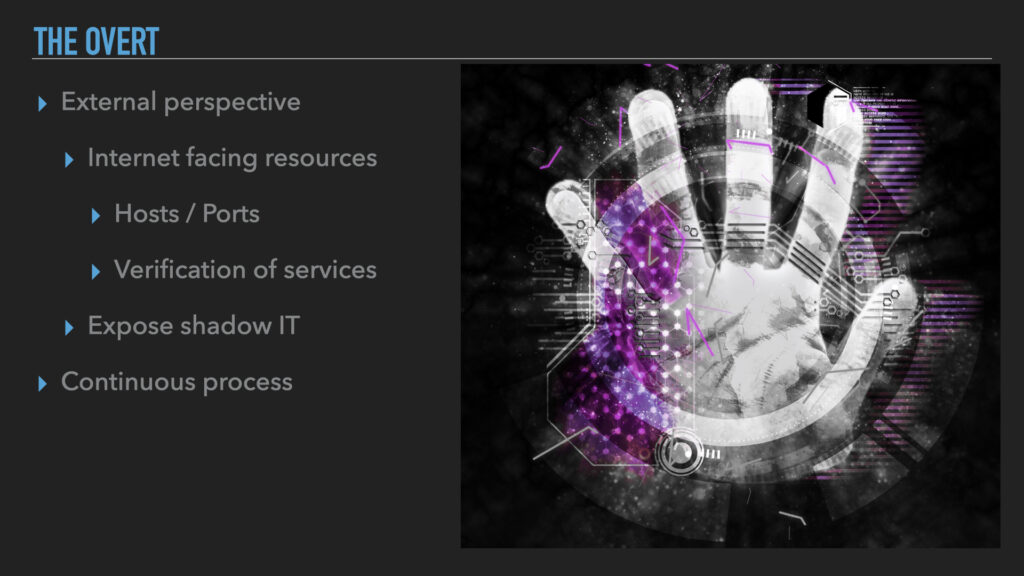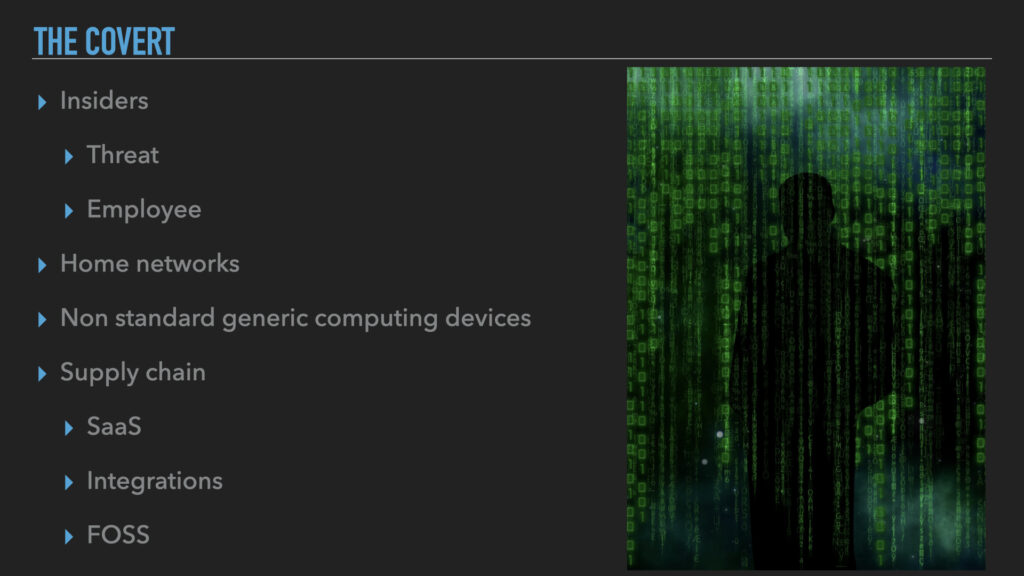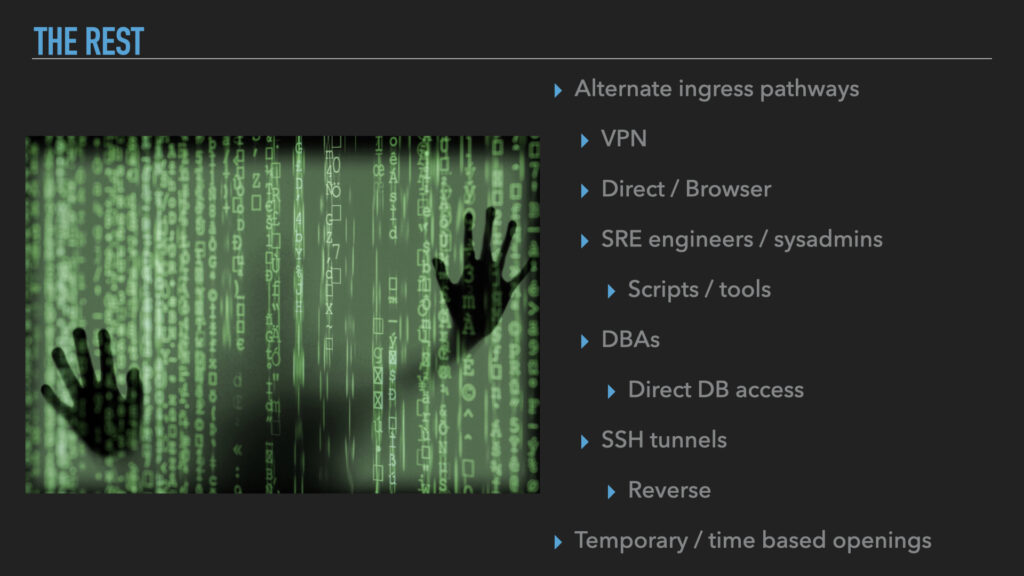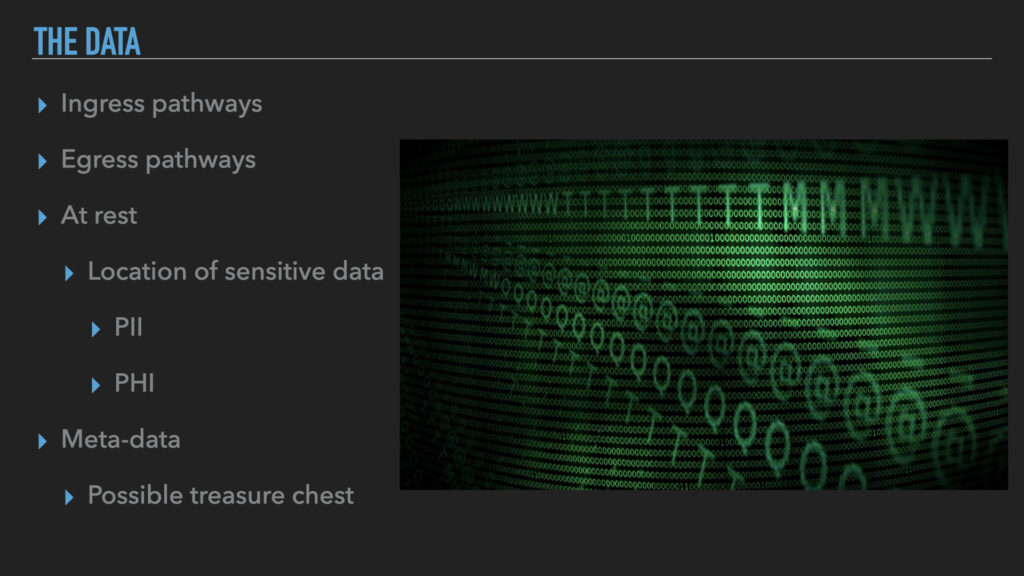
Compliance does not equate to security, or protected. They are not the same thing and the dividing line has become somewhat blurred. Parts of the Cybersecurity industry are in crisis due to an over reliance on compliance frameworks. The unfortunate reality is that many cybersecurity leaders rely on these frameworks because they just don’t know any better. Maybe, they were never practitioners and approach cybersecurity from a purely business perspective. Yes, we cybersecurity leaders need to have a business perspective. But, we also need to know our craft and be able to drive true protective initiatives. Over-focusing on compliance efforts may actually hurt security. Even worse, it may give an organization a false sense of being protected.
Compliance has sort of lost its way
My understanding is that compliance initiatives never intended to give a false sense of security. The intentions were to:
- provide leaders and practitioners guided mechanisms that could promote better security
- provide a maturity gauge
- possibly expose areas of deficiency
One of the areas where they intended to help is that of introducing industry standards. The well intended thought process was that adherence to some well defined standards could make organizations “more secure”.
While I commend the intent, the end result, our current state, could not have been foreseen. Earlier generations of cybersecurity leaders, those who came up the practitioner ranks, treated these as mere guiding tools. Today, there are some with great sounding titles that rely on these as evidence of their brilliance and fine work. The problem is that those unfortunate organizations have been led to believe that they are secure and protected.
This creates a misleading culture of compliance=security. And those who know no better push this rhetoric, leave a trail of insecure environments, but move their careers forward. The funniest part here is that often those leaders bring in an external entity to assess if the organization in question is compliant. This is supposed to somehow add credibility to this weak approach. And this box checking exercise is often pursued in lieu of encouraging a real focus on security and protective controls.
Secure companies might be compliant
A secure company may or may not be compliant. I have encountered environments that are well protected and have not been through any compliance exercise. I have also seen compliant organizations go through the unpleasant experience of one or more negatively impacting incidents. Look no further than Uber. According to this they have received, and maintain, the highly coveted, and difficult to get, ISO-27001 certification. Yet, here is an incomplete list of incidents showing that this does not equate to security: 2014, 2016, 2022.
How they differ
Objectives and target audience
The objective of a typical compliance exercise is to measure an organization against a model, or set of recommendations. These might be industry standards. Audiences interested in these types of results can range from internal audit to the C-Suite. Generally speaking, technologists are not interested in these data points. But, some industries place great weight on these types of results and will not even consider business opportunities with organizations that do not have them.
Security, on the other hand either strives to reach certain levels of Confidentiality, Integrity, or Availability (CIA) and/or being Distributed, Immutable or Ephemeral (DIE). The objectives here revolve around threats, risks and building a resilient organization. The audience are those who see security by way of actual protection and resilience.
Rules of engagement
In security, there are none. Nefarious actors hardly ever play fair.
Compliance, however, has clear rules of engagement. In some cases the compliance exercise is even based on the honor system, think of the “self attestation” documents we have put together over the years. There is also a cadence where organizations know when relevant cycles begin and end. These are structured practices attempting to measure environments where the real battlefields have very little structure.
External motivations
When it comes to compliance, the external entities (auditors, assessors, etc) involved are motivated to generate a report or certificate. In some cases there are degrees of freedom for cutting corners or adjusting the wording of controls. This opens up many possibilities that aren’t all positive. Things can get manipulated so that a specific outcome (leaning towards the positive) is achieved. These folks are running a business and looking for repeat business.
The external entities on the security side are motivated towards results (destruction, your data, etc).
Focal areas
Security is usually focused on protection against threats. This focus could very well reach very granular levels. Granularity levels aside, protection could be both active and reactive in nature. Prioritization plays a big role here. This is especially so in organizations of larger sizes. A cybersecurity leader ultimately directs protective dollars to focal areas of priority.
Conversely, compliance takes a broad and high level look at things, treating all areas equally and so there is very little by way of focus. These exercises are more about checking boxes against a list of requirements that are all of equal importance.
Rate of change
Compliance is generally static and operates on long cycles. Moreover, the process requirements don’t change often at all. The challenge here is that internal changes are not factored in until subsequent cycles, and that could in one years time. In the world of security that feels like an eternity.
Security needs to keep up with constant changes. Simply factor in automated deployments and/or ephemeral cloud entities and it’s easy to see the impact of rate of change. Externally, nefarious entities are always changing, improving, adapting, learning. This means that an organization’s attack surface, and risk profile, are constantly changing. This alone negates the usefulness of a point in time compliance validation.
Organizational culture and the mindset
Mindset
Organizational culture drives the mindset people adopt at work. This could be a subtle dynamic but it is powerful nonetheless. A healthy relationship between compliance and security is the right mindset, and approach as each is important. Compliance is necessary for modern day business, without it an organization may not even be able to bid for certain business opportunities. Different from this modern day construct is security. Security is necessary to actually protect an organization, its assets, users, and customers. The nebulous tier that exists between these two is that compliance represents the only set of data points for external entities (e.g. potential business partners, consumers, etc) to consume and construct a maturity picture.
A company can have the best product on the planet, but if they cannot prove to a potential business partner that it is safe to use the opportunity may not flourish. Here are a few simple example:
- SOC-2 reports represent proof of security maturity in the United States of America (USA)
- in the United Kingdom there is generally the requirement of a Cyberessentials certification
- to interact with credit card providers, an organizations needs to prove (at varying degrees) adherence to the Payment Card Industry Data Security Standard (PCI-DSS) standard.
Culture
The organizational culture point here is that there are security-first and compliance-first mindsets. One actually protects while the other aims to prove that protection exists and is effective. Security protects the organization, while compliance proves it.
This space has evolved into an erroneous approach. A compliance-first mindset is treated as actually meaning an organization is somehow secure. Sadly this mindset merely provides protections against auditors and not attackers. There is no framework I am aware of that actually leads to anything protective. To expect security, or protection, from some compliance initiative, or framework, is foolish and amateurish. Worst off, it can lead to a false sense of security for an organization.
Does a compliance-first mindset hurt security?
Yes, compliance leads to a false sense of security
Security hurts. It adds time to external projects (such as software development), costs money and takes up human resources. Moreover, it is never a static exercise as the entire space is always in flux (new sophisticated attacks, evolving internal changes, etc). Falling back to compliance as a way to alleviate this pain is just a mistake, but it happens. Compliance provides executive leadership a convenient way to create the illusion of security. This attitude can actually hurt a security program and minimize the effectiveness and/or support of certain projects that can add real protective value.
Yes. Compliance often wins a prioritization battle
Theoretically, compliance and security should synchronized in the goal of improving an organizations ability to conduct business. More often than not the two become competing entities for priority. At that point the synchronized goal ceases to exit. In so many organizations, when this prioritization conflict arises, compliance will win. Some executive will compare cost, effort, ultimate benefit and will fall for the allure of a compliance report or certificate. The perception at that executive level will come down to that person seeing that certificate or report as adding more value to the top/bottom line.
Yes – Top security talent see compliance as soul-draining
Compliance work is not exciting to talented security practitioners, especially younger ones. Let’s face it, that is boring work in comparison to blue/red teaming for instance. These folks come to the table ready to protect an organization’s environment. They absolutely do not come to an organization to check boxes on a document while adding screenshots for evidential purposes. From this perspective compliance hurts security by becoming an obstacle in the way of real protective work. Worst off, it creates an environment that is not pleasant to talented security team members.
Is a compliance-first mindset shocking?
Absolutely not. It is fair to say that entities (humans, companies, etc) will generally pick the path of least resistance and pain in order to reach some goal. Contextually, compliance represents that path towards what the security uneducated consider to be something positive. We cannot blame these people for confusing compliance and security. To the security uneducated, the two can actually look identical. After all, they sound alike, talk the same game, and are sometimes spoken of interchangeably by some who should know better. Some executives mistakenly perceive a strong correlation between compliance and security. Because of this, a checkbox exercise can easily seem like the right thing to do.
Those of us in the security educated space cannot take a judgemental approach to this unfortunate wave of development. It is entirely on us to educate these people and do our part to clear up the confusion that is permeating this subset of our domains. Educating these people selfishly benefits us. It future proofs us from executives getting excited after reading the marketing campaign that promises to secure their business with an ISO-27001 certificate.
Security-first mindset and making compliance work for you
Pursuing an organization-wide security-first mindset is a must in today’s world. Nothing is digitally safe and you should trust nothing. In order to foster a pervasive cultural change towards a security-first mindset you have to be very much in sync with the organizations culture. More importantly, you need to understand the business itself so that your work enhances it by adding safety. The last thing you want to do is push a security-first mindset incorrectly where it hinders business operations.
Internally, an understanding of the business factors in an understanding of an organizations crown jewels and holistic (inside out and outside in) attack surface. The key question is what do we want to protect here in this organization. The mindset discussed here then has a subliminal bias towards always having the organization as a whole leaning in that direction.
Measuring the effectiveness of this mindset and cultural change is very important. This has to be continuous and happen over time. The results may not be linear as they can be impacted by many external factors (M&A, etc). But the key here is you have a deep connection to, and understanding of, the business and its culture.
Compliance frameworks, processes, and standards cannot provide answers to the questions that lead to the necessary, and change impacting, connections discussed here. So it becomes a tool you manipulate and control it in order to make it beneficial. Make it a value add to your security program and the organization as a whole. Make those processes become sources of valuable data points that, for example, can point you at deficient areas. There is inherent value if you learn anything from one of these exercises. This is certainly more beneficial than a checkbox exercise that becomes pass/fail journey.
Final thoughts
It is understandable that many leaders see compliance frameworks, processes, and standards as something useful. They add structure to a space they may not truly understand. Don’t forget that a percentage of cyber and information security leaders did not come up the ranks as practitioners. They, understandably so, perceive compliance exercises as valuable. For those in the know, the value add from the compliance space comes in the form of posture improvements based on provided data points. However, when compliance efforts are prioritized, and treated as a source of security, harmful situations will arise.
I ask my peers to ponder this question: Who exactly is your adversary? You are security-first in nature if your adversary is an actual nefarious entity. Contrarily, you are not if your adversary is some auditor whom you need a passing grade from. We should all be striving to implement a security-first mindset, regardless of the state of compliance within an organization because compliance does not equate to security, or protected.








